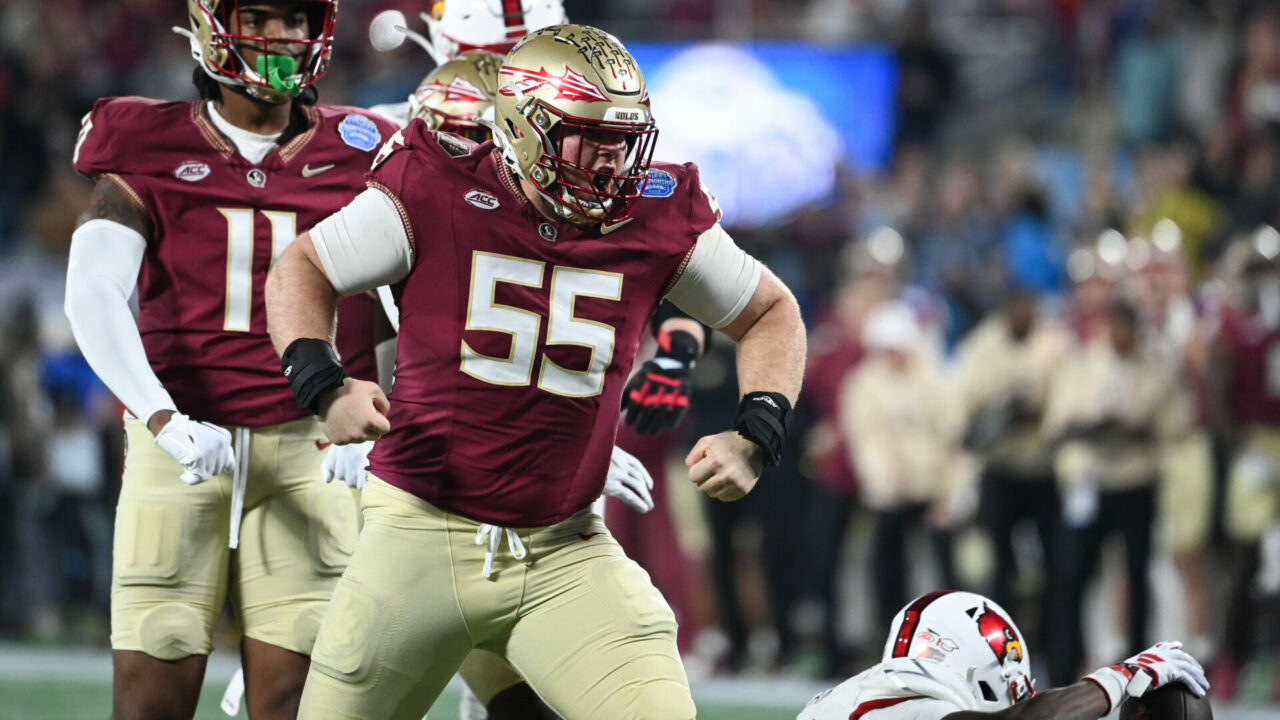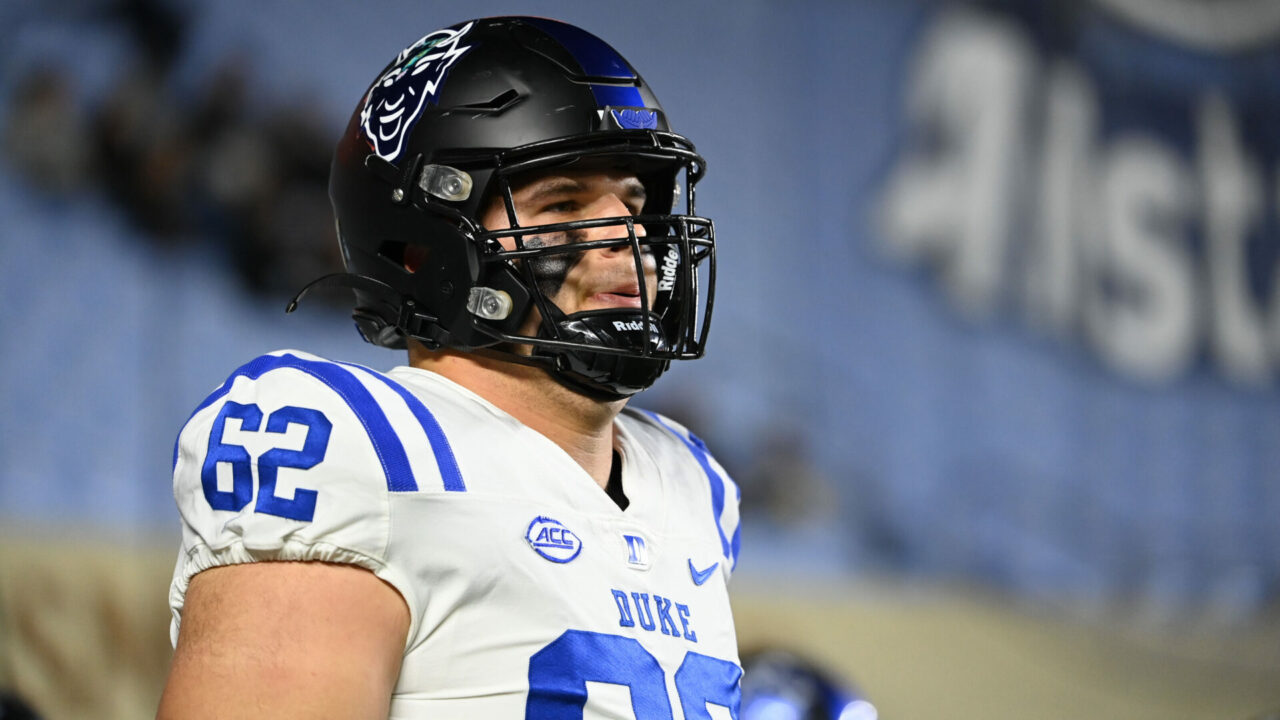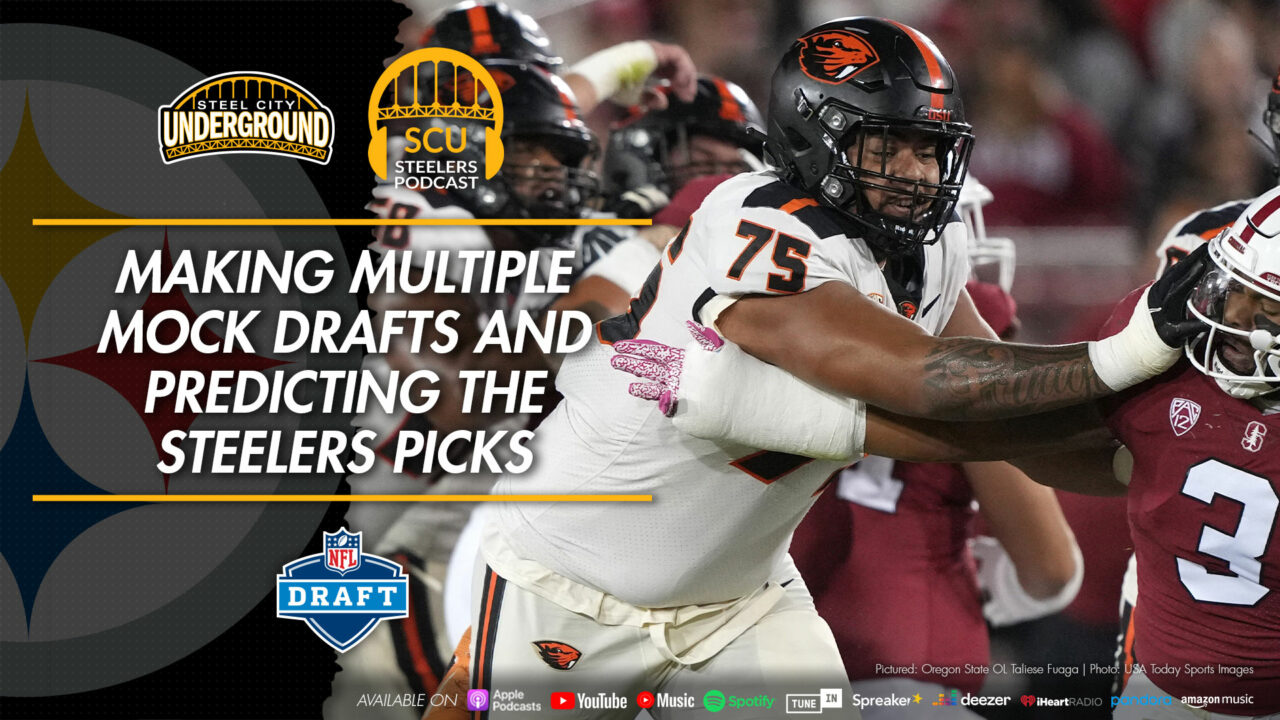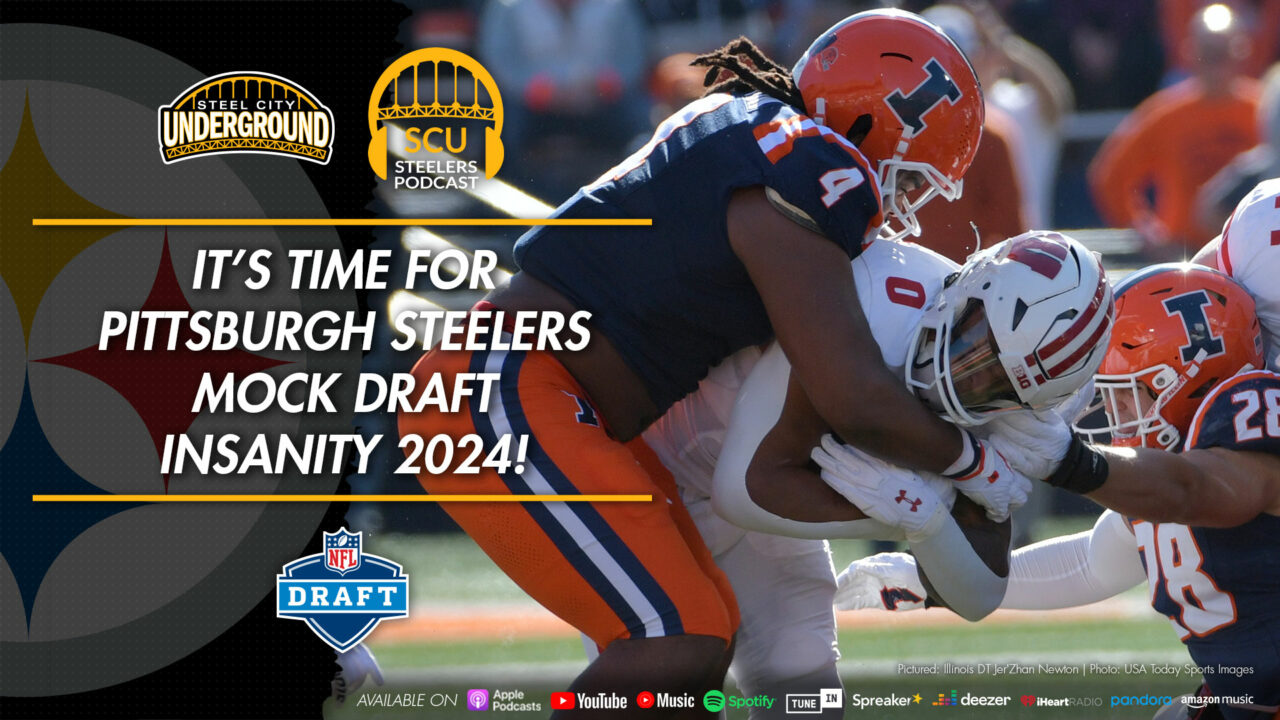Who goes in first? Christina Rivers’ picks for the inaugural Steelers Hall of Honor
Steel City Underground presents “Who goes in first?” a panel discussion on which Pittsburgh Steelers contributors will be named to the team’s first-ever “Hall of Honor”.
The Pittsburgh Steelers made an earth-shattering announcement to start the month of August by releasing plans to unveil the Hall, as a means of recognizing individuals who have made a significant contribution to the team’s success. On August 29th the Hall of Honor Selection Committee, comprised of Steelers President Art Rooney II, Joe Gordon, Bob Labriola, Stan Savran, and Tony Quatrini will announce this year’s inaugural class, made up of former players, coaches, and contributors based on a certain criteria.
As part of an ongoing series, members of the Steel City Underground staff will put forth their virtual votes as to who should be inducted first.
Also note, while there’s going to be some overlap, each writer was encouraged to pick however many number of enshrinees as they saw fit, and for whatever reasons they felt compelled to choose that individual. There will be some varying opinions, which makes these discussions great.
Today, we take a look at Christina Rivers’ picks.
“The Chief” (Owner 1933-1988)
Arthur J. Rooney was a pioneer in the professional sports industry and his native-Pittsburgh Irish-American roots turned local entrepreneur is one of the best Cinderella-type stories in the sports world of the 20th Century. Openly a bit of a ‘character’, Art had the intellect of a true business mogul as well as the spirit for competition. He had great insight and, coming from a background many would have considered ‘rags to riches’ in many ways, Art did more to create the modern NFL than nearly any other individual.
As ‘Chief’ of the Steelers, it would be nearly impossible to overlook all he did to make the team what it has become and ignore what he did to champion the city of Pittsburgh itself. One has only to read “Ruanaidh”, a book from Arthur J. Rooney, Jr., to see the level of commitment his father placed in those pursuits. The first honoree ought to be Arthur J. Rooney, Sr., the founder and originator.
Dan Rooney
Dan was a champion for the Steelers team, the league, the city of Pittsburgh and made it a life mission to honor his father’s dream. Thomas Tull, a major partner after restructuring of team ownership in 2009, said, “I think we’re all very fortunate to have Art (Art Rooney II), and his father (Dan), recognized as the foremost team sports owners…they are extraordinarily respected and revered, from what Dan Rooney did to architect the league (NFL) all the way to championing the ‘Rooney Rule’. Dan Rooney served his country as Ambassador to Ireland, was a gracious humanitarian and a man of honor and respect that deserves a prime location within the Hall of Honor just as he did a place in the Pro Football Hall of Fame.
Art Rooney, Jr. (Dan’s brother)
Although he and Dan had a bit of a falling out when the team ownership restructuring was taking place – with Tim, Pat and John selling their shares to prevent conflict with the Rooney family’s New York and Florida race tracks, legal gambling establishments and real estate interests – Art Jr., was pivotal in the success of the Pittsburgh Steelers, especially during the 1970s. Head of the Steelers’ scouting department, Art Jr., often the ‘forgotten’ Rooney (and considered a bit of a black sheep by his father Art, Sr.), coordinated the talents of Dick Haley and Bill Nunn – even Jack Butler – and other respected individuals in pro football. As a result BLESTO matured into one of the most successful talent scouting groups in the history of professional sports.
Art Jr., was largely responsible for the six Super Bowl wins (in six years) and his 1974 draft produced Lynn Swann, Jack Lambert, John Stallworth and Mike Webster – all HOFers – and led to his own nomination to the Hall of Fame. Art Jr., was unafraid to ignore race and big schools in favor of players with skill and discovered Joe Greene (North Texas State), Mel Blount (Southern University), John Stallworth (Alabama A&M), L.C. Greenwood (Alabama AM&N), Donnie Shell (South Carolina State). His piece of advice for the family in dealing with each other in the business: “Just don’t hate each other. Go out of your way to be fair.”
Ernie Stautner
Small for defensive linemen standards of the 1950s (at 6-1, 230), Stautner – out of Boston College – had the heart of a champion. Over 14 years, he was a fixture at the position, even during the lean years when fans were completely fed up with the Steelers. His play earned him first- and/or second-team All-NFL honors nine times, nine trips to the Pro Bowl and two marks in the NFL record book (3 career safeties and 23 fumble recoveries) in his time. Stautner was undaunted, determined and a leader who personified Steelers football the way Art Rooney, Sr., imagined it. His jersey was the only one retired (No. 70) – something the team just never did – although it has long been considered “unofficially”. Stautner is one of many Steelers enshrined in the Pro Football Hall of Fame. It seems appropriate that he’d be in the inaugural Hall of Honor class.
Joe Greene
Greene is accurately considered to be a cornerstone to the Steelers dynasty, architect of the ‘Steel Curtain’ defense and one of the most-beloved professional football players in the history of the game. Although Greene has publicly admitted that he was not interested in playing in Pittsburgh, and his rookie season (1969) was low-lighted by a Steelers record of 1-13, Greene was a competitive individual who had zero love for losing and a low tolerance for giving up. His teammates and other players in the league recognized that and respected that year’s Rookie of the Year. Rallying around Greene, head coach Chuck Noll, the front office, staff, ownership and teammates rolled up their sleeves and put a plan into motion to make the Steelers a dominating team. The results were dynamic.
Greene coined the phrase, “One for the Team in ’81” after Pittsburgh won Super Bowl XIV; a phrase that was shortened (the year dropped) until the team won its fifth Lombardi Trophy in 2005. As an assistant coach for several years (he left in 2013), Greene became just one of four individuals outside of the Rooney family to possess Super Bowl rings from all six championship Steelers teams. Greene was so respected that the Steelers retired his No. 75 jersey during the halftime period on July 30, 2014; a game made even more special when Pittsburgh beat rival Baltimore (Ravens) 43-23. Greene, with unwavering determination as big as the state of Texas he calls ‘home’, helped create a standard that remains with the team to this day making him a lock for a place in the Hall of Honor.









